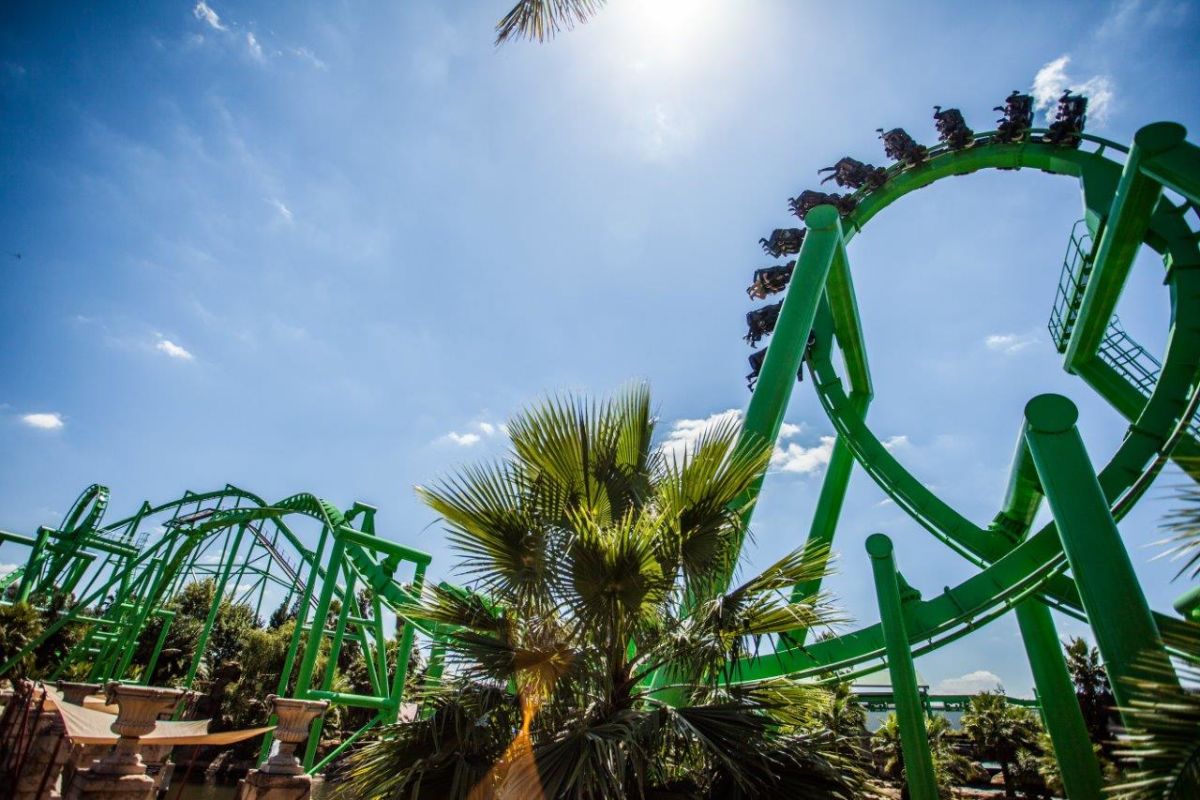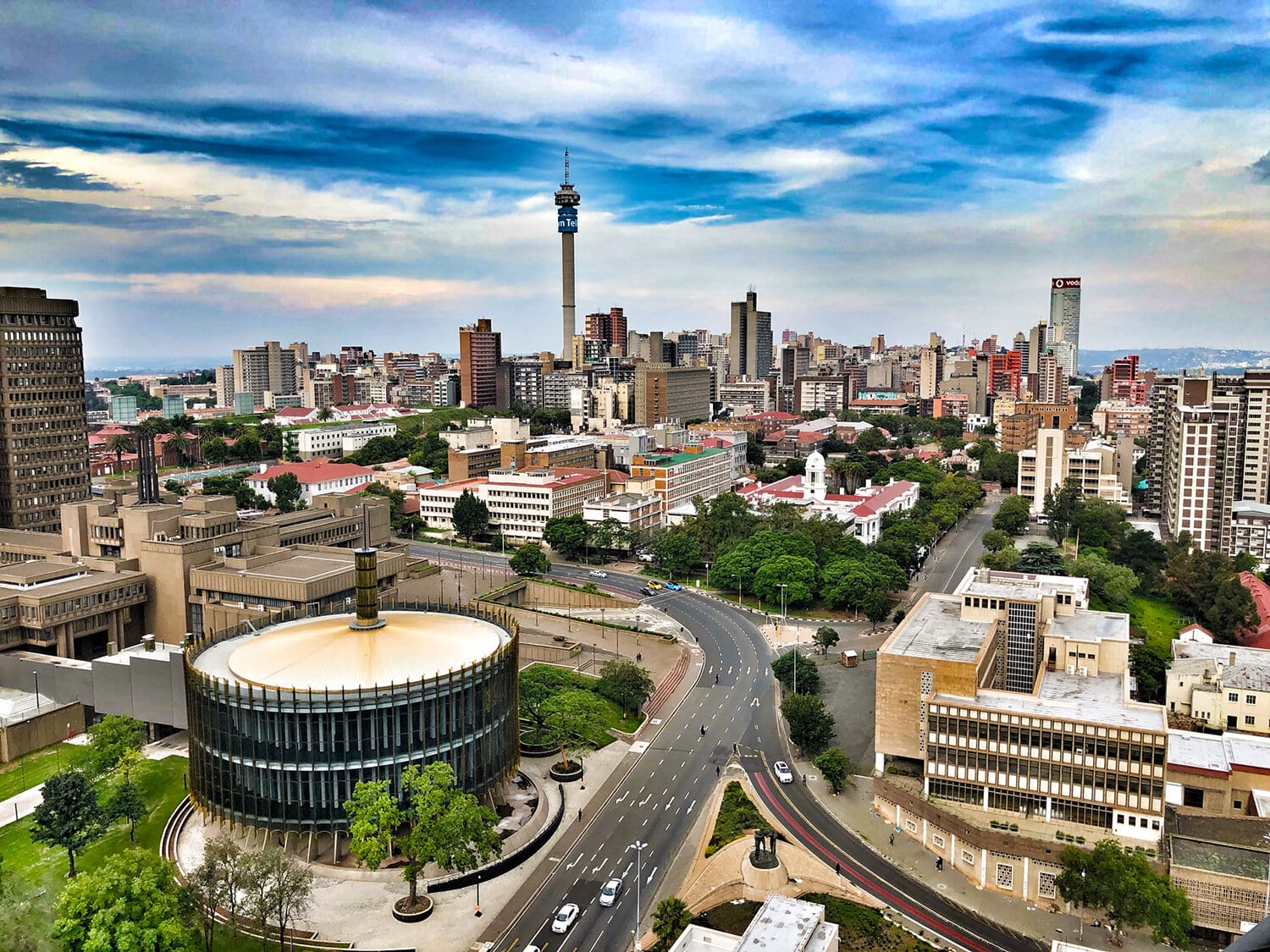Johannesburg North Attractions Fundamentals Explained
Johannesburg North Attractions Fundamentals Explained
Blog Article
How Johannesburg North Attractions can Save You Time, Stress, and Money.
Table of ContentsThe Ultimate Guide To Johannesburg North AttractionsMore About Johannesburg North AttractionsEverything about Johannesburg North AttractionsSome Of Johannesburg North AttractionsThe Only Guide to Johannesburg North AttractionsUnknown Facts About Johannesburg North AttractionsNot known Details About Johannesburg North Attractions
Nevertheless you need to maintain protection in mind and tourists should remain sharp in all times when in unfamiliar environments. Speak with the residents when you are in community to learn about the location you are remaining in. Johannesburg North attractions. When on the road (this doesn't apply to buying malls and other safe and secure environments) finest general guidance is to try your ideal to look like a regional and to stay clear of displaying any type of wealth
Not known Incorrect Statements About Johannesburg North Attractions
Professor Revil Mason O. J. (Thomson, 1946) checked out the Witwatersrand's pre-colonial history. His historical work exploded the 'em pty land' misconception, according to which the area was without human habitation prior to the arrival of European inhabitants. In his publications Prehistory of the Transvaal: A Record of Human Activity (1962) and Origins of Black People of Johannesburg and the Southern Western Central Transvaal Advertisement 3501880 (1986 ), Professor Mason showed the extent of social and economic advancement in the location prior to Europeans set foot here.

6 Simple Techniques For Johannesburg North Attractions
In 1878, David Wardrop located gold in quartz veins at Zwartkop, north of Krugersdorp. In 1881, Stephanus Minnaar came across gold on the farm Kromdraai, near the Cradle of Humankind.
In March 1886, an outcropping (soon to be called the Main Coral reef) was located, fairly luckily, on Gerhardus Oosthuizen's ranch Langlaagte. Some claim that the Lancastrian coal miner George Walker uncovered this coral reef. One more travelling English prospector, George Harrison (who had actually formerly functioned in Australian mines) gotten a prospecting licence in regard of Langlaagte in May 1886.
He made a decision to carry on in a mission for greener fields, and disposed of his Langlaagte case for the handsome sum of 10. Alas: beneath lay the wealthiest goldfield ever located. The discovery of this abundant auriferous coral reef prompted a gold thrill that signalled the end of bucolic tranquillity in the southern Transvaal.
It would certainly, within six years, come to be the biggest community in southern Africa. Within a decade, it would certainly make the Z. A. R. until see this page then an anarchical and insolvent little state the wealthiest country in Africa. By the turn of the century, the Z. A. R. was to exceed Russia, Australia and the United States of America to become the globe's leading gold producer, creating greater than a quarter of the world's gold.
Get This Report on Johannesburg North Attractions
It was understood as Ferreira's Camp, called after Colonel Ignatius Ferreira. He was a Boer adventurer upon whom the British authorities had bestowed the condition of Buddy of one of the most Identified Order of St Michael and St George (entitling him to the post-nominal letters C. M. G.) in appreciation for his duty in the battle that had actually deposed the Pedi king Sekhukhune in 1879.
2 other camps were developed: Meyer's Camp on the farm Doornfontein, and Paarl Camp. The latter was nicknamed Afrikander Camp; numerous people from the Cape Colony cleared up there.

Johannesburg North Attractions Fundamentals Explained
This name obtained currency by word of mouth, such that the State Assistant affirmed the name to the Mining Commissioner on 9 October 1886. Stands in the village were auctioned on 8 December 1886. While some stands were marketed for 10, others were torn down for as low as sixpence.
Two years later, these erven were to change hands for as high as 750 each. The tented camps dwindled as a dorp of corrugated iron structures developed and increased north of the mines located along the Main Reef Road. Areas such as Jeppe's Community (where working-class immigrants erected their houses) and Doornfontein (where the wealthy new 'Randlords' started to this page build their opulent residences) were quickly added to the ever-expanding map of the community.
The 7-Minute Rule for Johannesburg North Attractions
Besides the street names, there were no indications of Johannesburg being positioned in a Dutch-speaking nation. Many years later, C. W. Kearns O. J. (one of the initial young boys registered at St John's University in 1898) would recall: 'A weird reality about Johannesburg was that, although it was in the [Boer Republic], almost every person talked English and even the Government servants addressed one in English, unless they were first attended to in the Taal (or Reduced Dutch)'.
Britain had a passion in guaranteeing optimal conditions for gold production on the Witwatersrand, and that the gold was exported to London instead than Berlin a vital provided all the a lot more clamant by the Z. A. R.'s increasing toenadering with Germany. Mine owners got on a clash with President Kruger, whose plan of monopolistic giving ins (typically granted to his cronies) stopped mining business from procuring products of products (specifically dynamite) and additional resources work by themselves, more affordable terms
The Johannesburg North Attractions Diaries
In 1890, the Volksraad had actually limited the franchise business to white guys that had stayed in the Z. A. R. for fourteen years or longer, thus invalidating a lot of the immigrants (who occurred to be the major contributors to the fiscus). However, agitation for the vote was a plain pretense for promoting a different agenda; most uitlanders concerned themselves as momentary visitors and had no intent of remaining in the Z.
Report this page